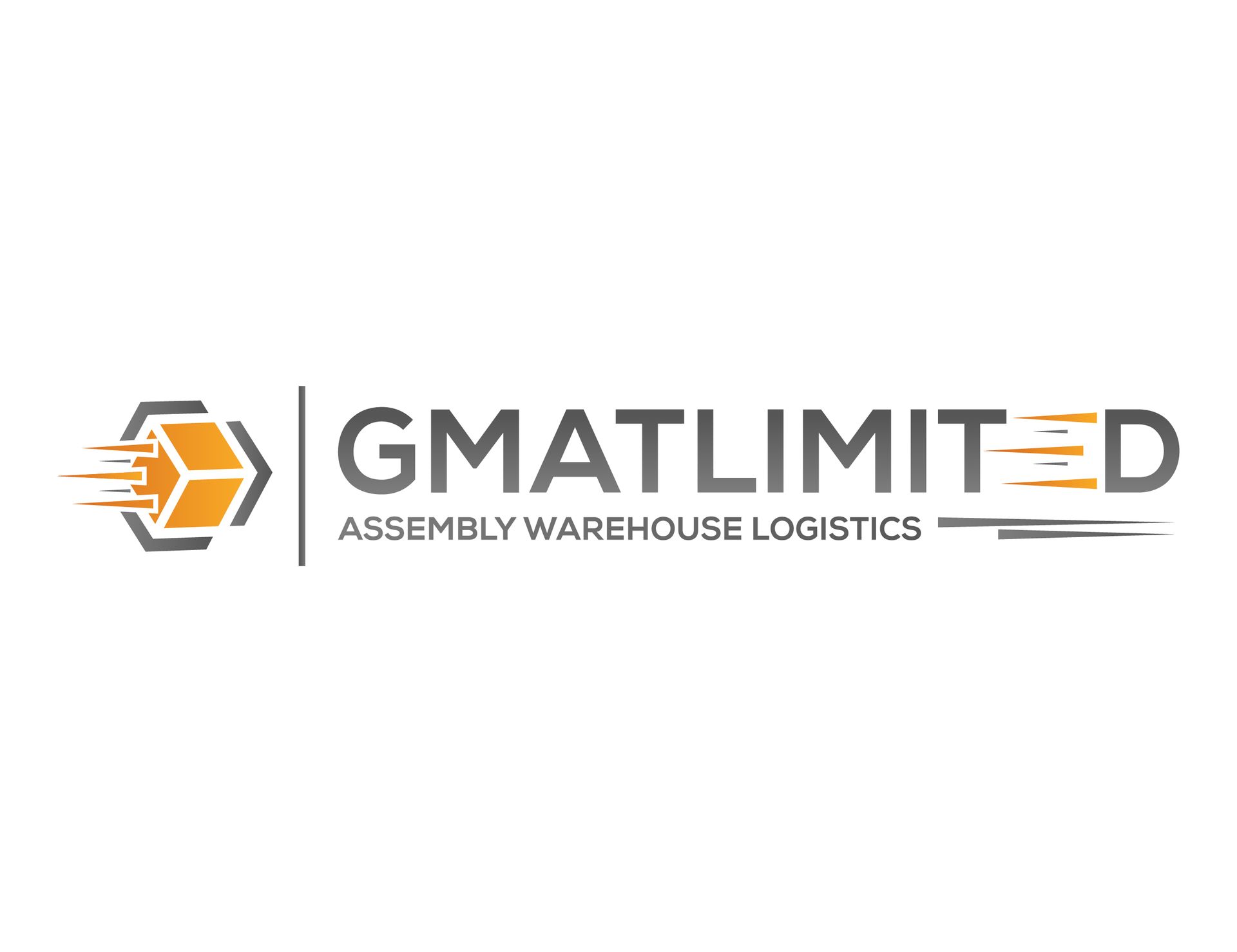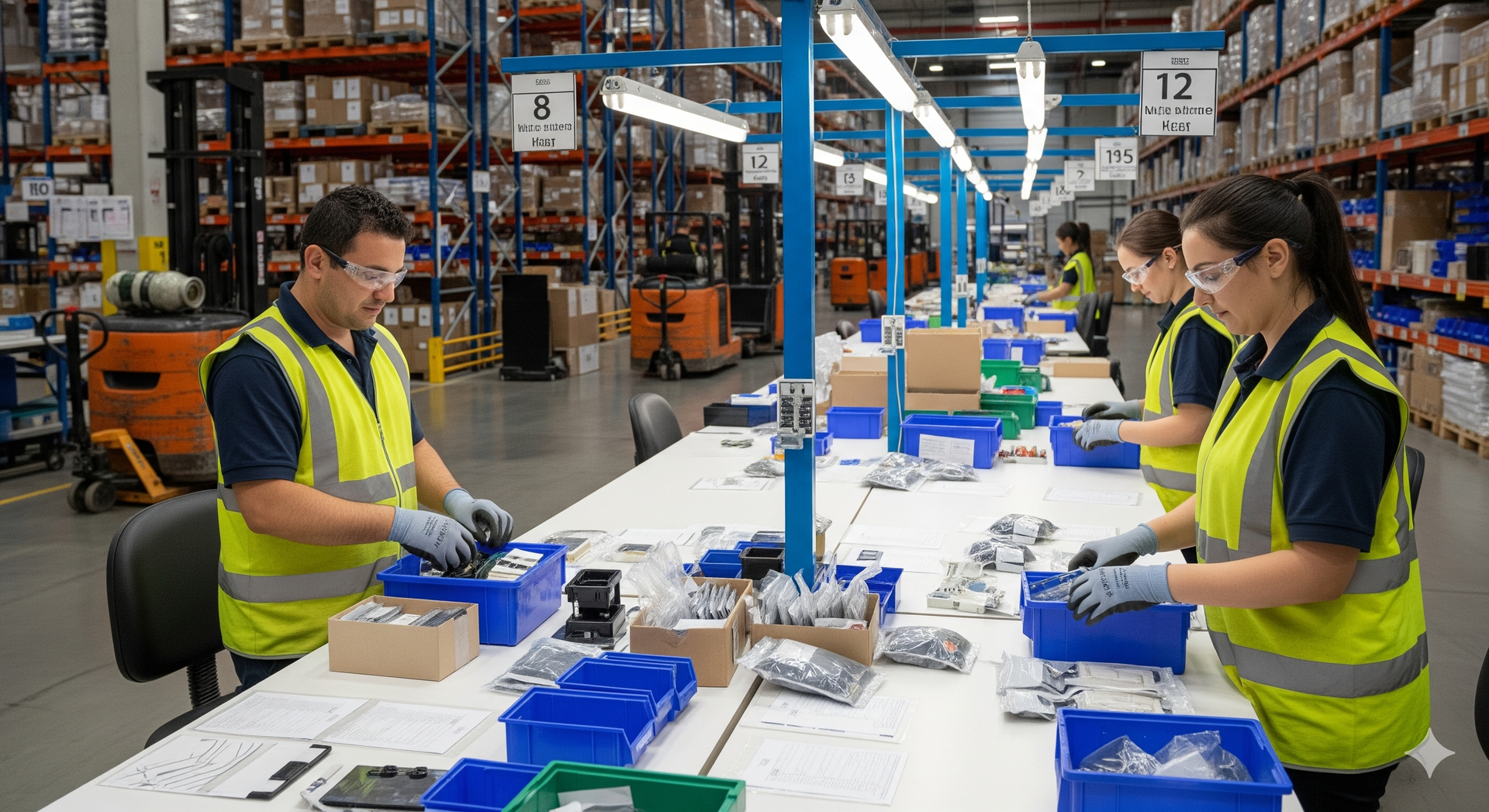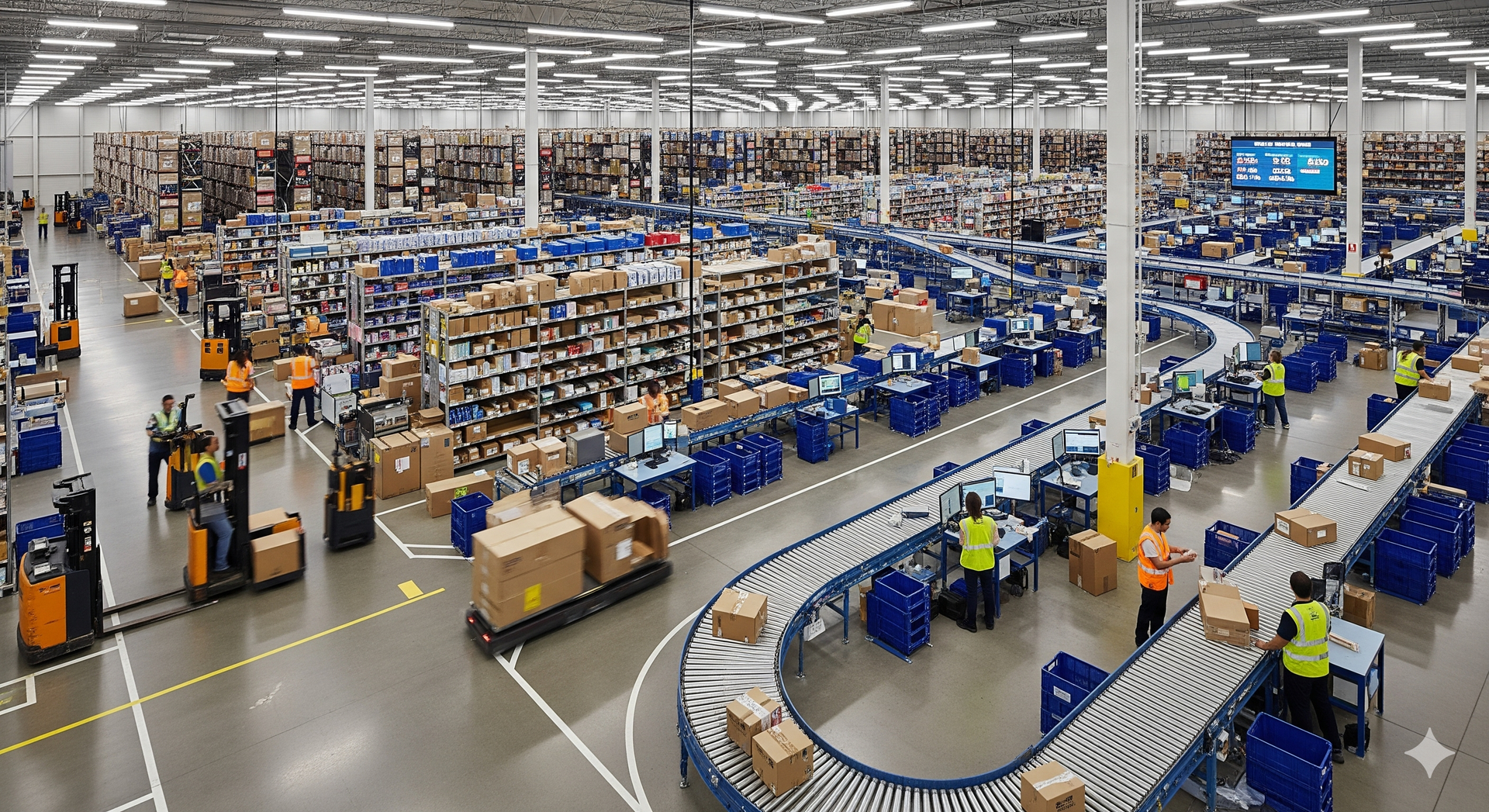Understanding Freight Services for E-Commerce
E-commerce businesses depend on reliable logistics and transportation to deliver goods efficiently and affordably. As online retail expands, the demand for flexible and cost-effective freight services has grown. Freight shipping plays a central role in moving goods from suppliers to warehouses and from fulfillment centers to customers across cities, countries, and even continents.
Understanding the types of freight services, how they work, and which options best suit your business is key to maintaining smooth operations and high customer satisfaction. Whether shipping large volumes of goods from overseas or restocking inventory within a region, freight services help e-commerce businesses keep pace with demand.
Key Takeaways:
- Freight services are essential for transporting large or bulk shipments.
- E-commerce companies often use freight for supplier-to-warehouse movement.
- Modes of freight include air, ocean, road, and rail shipping.
- Freight options vary by speed, cost, and shipment size.
- Choosing the right freight provider depends on volume, location, and timeline.
- Freight forwarders and 3PLs can simplify freight logistics.
What Are Freight Services?
Freight services refer to the transportation of goods in bulk, typically through cargo carriers such as trucks, ships, airplanes, and trains. These services are commonly used by businesses rather than individuals and are ideal for shipping large quantities of products over long distances.
In e-commerce, freight services are often used for: - Importing inventory from overseas suppliers - Distributing goods between warehouses or fulfillment centers - Fulfilling bulk B2B orders
Freight shipping is different from parcel shipping, which handles smaller packages typically delivered by courier services like FedEx, UPS, or USPS. Freight involves pallets, crates, or containers rather than individual boxes.
Types of Freight Services
There are several categories of freight services based on transportation mode and shipment type. Each option offers different advantages depending on the shipment’s size, urgency, and destination.
1. Less-than-Truckload (LTL)
LTL shipping is used when a shipment does not require a full truckload. Multiple shipments from different businesses are combined into one truck.
- Cost-effective for small to mid-sized shipments
- Slower than Full Truckload due to multiple stops
- Ideal for palletized goods under 15,000 lbs
2. Full Truckload (FTL)
FTL shipping uses the entire space of a truck for one shipment.
- Faster than LTL with direct delivery
- Suitable for large, high-volume shipments
- Reduced handling minimizes damage risk
3. Intermodal Freight
This involves using multiple modes of transportation, such as rail and truck, within a single shipment.
- Cost savings for long distances
- Environmentally friendly
- Requires planning and coordination
4. Air Freight
Air freight is the fastest method of international shipping.
- High cost, ideal for urgent deliveries
- Suitable for lightweight or high-value goods
- Limited in size and weight capacity
5. Ocean Freight
Used primarily for international shipping of large quantities.
- Economical for bulk shipments
- Slower transit time
- Requires customs documentation and port coordination
6. Rail Freight
Rail is efficient for domestic long-haul shipments, especially of heavy goods.
- Reliable for large volumes
- Often used in combination with trucking
- Limited by rail access and scheduling
Freight vs. Parcel Shipping
| Feature | Freight Shipping | Parcel Shipping |
|---|---|---|
| Shipment Size | Large or bulk shipments | Individual packages |
| Delivery Method | Truck, ship, air, rail | Courier or postal services |
| Cost Structure | Based on weight, volume, distance | Based on weight and size per parcel |
| Speed | Varies by mode | Typically faster for small packages |
| Use Case | B2B, bulk inventory movement | Direct-to-consumer deliveries |
When Should E-Commerce Use Freight Services?
Freight services are not always necessary for every e-commerce operation. However, they become important in specific situations:
- Importing goods from manufacturers or suppliers overseas
- Replenishing stock between fulfillment centers or warehouses
- Shipping large orders to retailers or wholesale buyers
- Distributing products in bulk for seasonal promotions or launches
Using freight efficiently can reduce overall logistics costs and ensure inventory is available when and where it is needed.
Freight Forwarders and 3PLs
E-commerce businesses often partner with freight forwarders or third-party logistics providers (3PLs) to manage freight shipping. These providers handle transportation, documentation, and coordination between carriers.
Freight Forwarders:
- Arrange and coordinate international freight
- Handle customs clearance and compliance
- May provide insurance and consolidation services
Third-Party Logistics Providers (3PLs):
- 3PLs offer end-to-end logistics services, including freight
- Integrate warehousing, inventory management, and order fulfillment
- Help scale logistics operations as businesses grow
Partnering with experienced providers can reduce administrative burdens and improve delivery performance.
Key Considerations When Choosing Freight Services
Selecting the right freight service involves several factors. Businesses must balance cost, delivery speed, shipment size, and destination.
Questions to ask:
- What is the total weight and volume of my shipment?
- How quickly does it need to arrive?
- What are the origin and destination points?
- Is customs documentation required?
- Do I need tracking or special handling?
Freight quotes often include charges for fuel, accessorials, and potential surcharges. Understanding these costs is important for budgeting.
The Role of Technology in Freight Management
Modern freight services are increasingly supported by digital tools that help improve visibility, efficiency, and control.
Common freight tech solutions:
- Transportation Management Systems (TMS): Help plan, execute, and optimize freight shipments.
- Freight Rate Calculators: Allow real-time comparison of shipping costs.
- Tracking Platforms: Provide end-to-end shipment visibility.
- Electronic Documentation: Simplify customs and compliance processes.
Technology reduces manual errors and supports better decision-making in logistics planning.
Benefits of Freight Services for E-Commerce
1. Cost Efficiency
Shipping goods in bulk is typically more economical than sending multiple smaller packages. Freight rates are lower per unit and offer opportunities for consolidation.
2. Scalability
Freight supports growing businesses by enabling the movement of larger volumes. It accommodates new product launches, seasonal spikes, and geographic expansion.
3. Flexibility
Multiple freight options allow businesses to tailor their shipping strategy to match customer expectations and operational needs.
4. Global Reach
Freight enables access to international markets, making it easier to source products and deliver to global customers.
5. Inventory Optimization
Timely freight deliveries help maintain the right inventory levels across warehouses, reducing stockouts and overstocks.
Challenges in Freight Services
While freight services offer many advantages, they also come with challenges that require careful management.
Common challenges:
- Transit delays due to weather, customs, or congestion
- Complex documentation for international shipments
- Risk of damage or loss with long-haul transport
- Variable pricing affected by fuel costs and surcharges
- Coordination complexity across carriers and modes
Proactive planning and strong logistics partnerships help mitigate these risks.
Frequently Asked Questions
What is the difference between freight and parcel shipping?
Freight handles large or bulk shipments using trucks, ships, or planes, while parcel shipping is for small, individual packages typically delivered by couriers.
Do e-commerce businesses need freight services?
Yes, especially when importing goods, replenishing stock between warehouses, or fulfilling large wholesale orders.
How do I choose the right freight service?
Consider shipment size, urgency, budget, and destination. Freight forwarders or 3PLs can help select and manage the best options.
What is a freight forwarder?
A freight forwarder is a logistics professional who arranges transportation and manages shipping documentation, especially for international freight.
Is freight shipping more cost-effective than parcel shipping?
For bulk shipments, yes. Freight shipping offers lower per-unit costs and is more efficient for moving large volumes.
Final Thoughts
Freight services are a vital part of e-commerce logistics, particularly for businesses managing large or international shipments. Understanding the types of freight available, how to choose the right service, and when to use it can help improve efficiency, reduce costs, and support business growth.
Whether you are sourcing products from overseas or distributing inventory across regions, integrating freight services into your logistics strategy provides a foundation for scalable and reliable operations. With the help of technology and trusted logistics partners, freight can become a streamlined and powerful asset in your e-commerce supply chain.
Partner with trusted freight experts and move your e-commerce business forward.
Reference:
https://www.sap.com/sea/products/scm/transportation-logistics/what-is-a-tms.html













